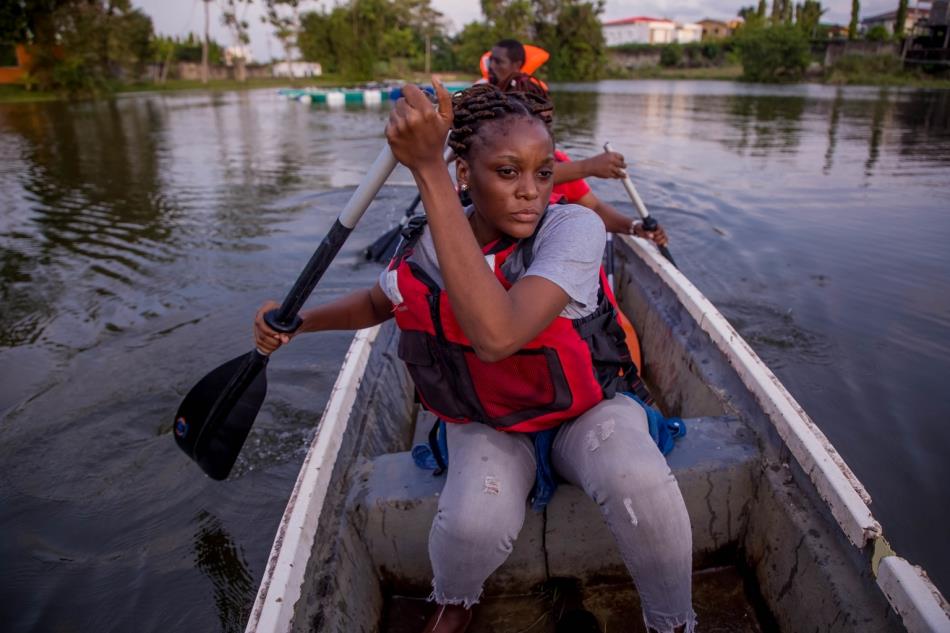Increased fish demand in Gabon offers youth an outlet in aquaculture
Céleste is enthusiastic about playing a greater role in the management of her family’s fish farm.

©FAO/Bob Inanga Manana Siengoy
Levedy Céleste Lossangoye developed a passion for fish farming at an early age. She grew up surrounded by fish ponds on her family’s fish farm in Andem in the Central African country of Gabon. Located around 60 kilometres from Libreville, the country’s capital, her family’s farm has 21 ponds across two hectares and has a production capacity of about 37 tonnes a year. It’s enough to make a comfortable living, but there is untapped potential.
Now 30 years old, Céleste is an agricultural engineer with a vision. She is working with her father, Daniel, to turn the family business into a large-scale operation which not only raises tilapia and catfish but also sells their fish directly to people throughout the country.
"The farm has enormous potential to meet local demand, despite the many challenges facing the business,” she says.
As in many coastal countries in the Central African region, fish is a popular food source in Gabon. Annual fish consumption is around 35 kilograms per person, one of the highest rates in Africa, but more than 25 000 tonnes of fish have to be imported every year to satisfy the local market.
All the while, aquaculture remains a marginal and underutilized activity in Gabon despite the country struggling to satisfy ever-increasing local demand. Since 2017, FAO has been working with the Government of Gabon to further develop commercial aquaculture by establishing five new fishing centres, both maritime and inland fisheries, and enhancing farmers’ skills to increase production.
